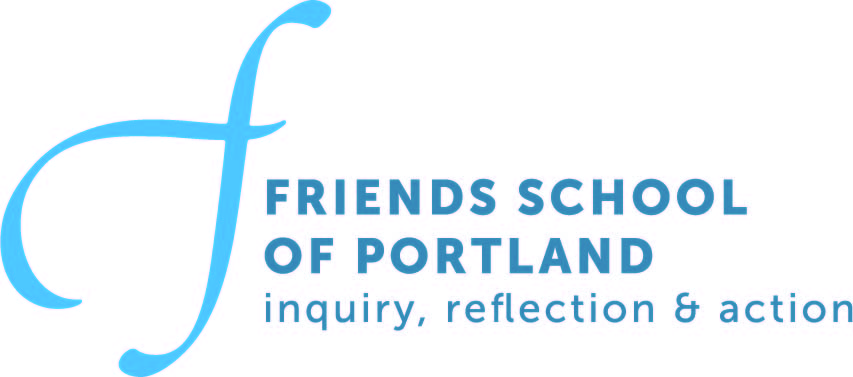Grade 1-2
• Year 1 Essential Question: How do we make choices and decisions?
• Year 2: Who/what makes a community?
In first and second grades, exploration, group activities and active learning continue to be vital parts of the routine. In addition, students begin to engage in increasingly complex academic work. More formal literacy and numeracy instruction is a focus, as students build on a strong foundation in number sense and language awareness from their early childhood experience.
Teachers continue to emphasize personal and social development within a classroom and school community, supporting students as they negotiate friendships, sharing, and working in groups. Through class meetings, activities, and curriculum, students explore Quaker values of community, integrity, peace, and stewardship.
In ConnectEd class and through outdoor explorations and science studies, students maintain a connection to the natural world and continue to explore their place in it. They engage in ecological service projects and activities that help them to take care of their earth and their community. With two recesses each day (for a total of 50 minutes), students continue to engage in the “work” of imaginative and cooperative play.
Each small first-second grade class has a full-time teacher and a part-time co-teacher. This team-teaching model allows for differentiation and individualization as children grow into fluent readers, writers, and mathematicians. Through the use of rich literature, real-life problems, games, and engaging writing work, teachers guide students in their acquisition of critical concepts, skills, and habits.
Six- and seven-year olds thrive on routine and learning through play. Simple daily routines, math games, and science explorations help children to explore ideas and gain skills. As students mature (typically mid-end of second grade), they are introduced to longer writing pieces, integrated projects, and small homework assignments. Social studies and science activities emphasize inquiry, questioning, and shared construction of knowledge. Through projects, plays, or experiments, students explore the essential question and the Quaker values.
In art and in music, students work toward proficiency in using color and form, reading rhythm and simple notes, singing, pitch-matching, and movement, and experimenting with and caring for art materials and musical instruments. In physical education, we emphasize cooperation, teamwork, gross motor development, stamina, and love of movement.

